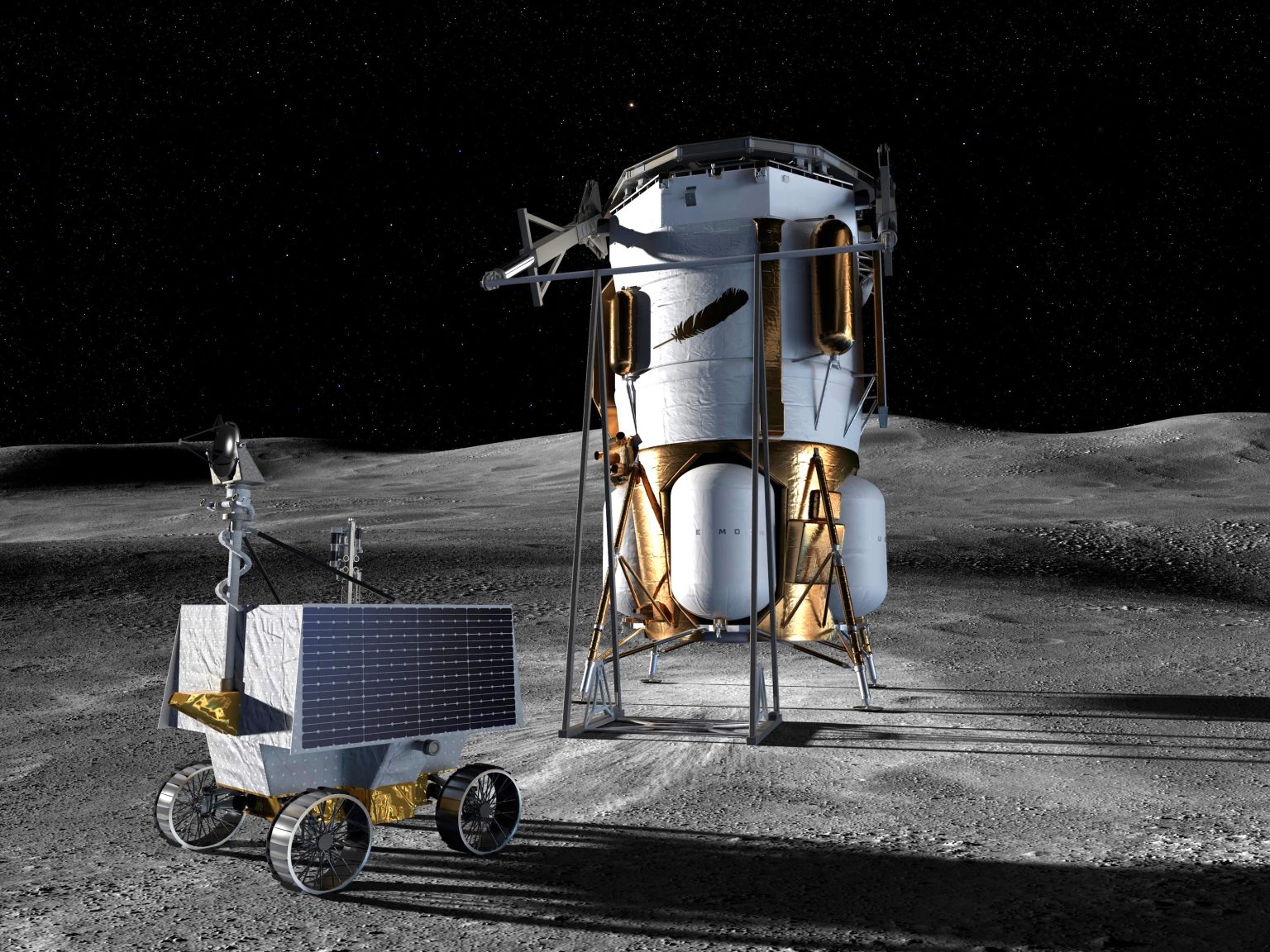NASA Revives Lunar Mission with Blue Origin Partnership
In a significant development for space exploration, NASA has partnered with Jeff Bezos’ Blue Origin to resurrect a critical lunar mission. The space agency has selected Blue Origin to develop a plan for delivering the VIPER (Volatiles Investigating Polar Exploration Rover) to the moon’s south polar region by late 2027. This collaboration represents a strategic pivot after NASA put the mission on hold last year due to cost increases and schedule delays with the original contractor, Astrobotic. The newly announced task order, designated CS-7, comes through NASA’s Commercial Lunar Payload Services program with a potential value of $190 million, underscoring the agency’s commitment to lunar exploration despite earlier setbacks.
Blue Origin will employ its uncrewed Blue Moon MK1 cargo lander for this crucial mission, marking the company’s second lunar landing attempt. Their first lander is already scheduled for launch as early as this year, with the initial objective of delivering NASA’s SCALPSS camera system and a retroreflective array to the lunar surface. This progression demonstrates Blue Origin’s growing capabilities in deep space missions and NASA’s increasing reliance on commercial partnerships to achieve its exploration goals. Blue Origin CEO Dave Limp expressed enthusiasm about the partnership, noting on social media: “Looking forward to partnering with NASA to prepare VIPER for flight on our second MK1 lunar lander. VIPER is incredibly important, including instruments to help search for resources like ice. This includes our Honeybee Robotics TRIDENT drill, designed to penetrate up to 3 ft, or 1 m, below the lunar surface.”
The VIPER mission represents far more than just another lunar landing. Its primary objective is to explore permanently shadowed regions near the moon’s south pole, searching for volatile materials with a particular focus on water ice. This resource could prove transformative for future space exploration, as lunar ice could potentially be extracted to produce drinking water, breathable oxygen, and hydrogen for rocket fuel. Such in-situ resource utilization would dramatically reduce the logistical challenges and costs of maintaining a sustained human presence beyond Earth. Acting NASA Administrator Sean Duffy emphasized this point, stating that the mission will “help inform future landing sites for our astronauts and better understand the moon’s environment – important insights for sustaining humans over longer missions, as America leads our future in space.”
The partnership structure reflects a cautious but committed approach from NASA. The initial base task requires Blue Origin to design accommodations for the VIPER rover and demonstrate how its flight system will safely offload the rover onto the lunar surface. Only after reviewing this preparatory work and assessing the results of the first Blue Moon MK1 lander flight will NASA decide whether to exercise its option for Blue Origin to actually deliver and deploy the rover. This staged approach allows NASA to mitigate risks while keeping the mission on track for its critical late 2027 deadline. The timeline is particularly important because VIPER has a targeted 100-day science window that requires landing by this deadline to optimize its scientific operations.
Under the terms of the agreement, the responsibilities are clearly divided between the two organizations. Blue Origin will handle payload integration, planning, support, and post-landing deployment activities – essentially getting VIPER safely to the lunar surface and ready to operate. NASA will then take charge of rover operations and science planning once VIPER begins its 100-day mission exploring the lunar south pole. Astrobotic, which was originally contracted for the mission, graciously acknowledged the development, stating they were “heartened to hear” that VIPER will have the opportunity to fly. They explained their absence from the rebidding process, noting: “Given the compressed timeline of the CS-7 mission and our commitments to existing customers, Astrobotic made the strategic decision not to submit a bid.”
This revival of the VIPER mission exemplifies NASA’s broader strategy of leveraging commercial partnerships to extend humanity’s reach into space. As Duffy noted, “NASA is leading the world in exploring more of the moon than ever before, and this delivery is just one of many ways we’re leveraging U.S. industry to support a long-term American presence on the lunar surface.” The mission fits into NASA’s larger Artemis program, which aims to return humans to the moon and establish a sustainable presence there as a stepping stone to Mars and beyond. By partnering with innovative companies like Blue Origin, NASA can potentially achieve these ambitious goals more efficiently and cost-effectively than would be possible through traditional government-only approaches. The VIPER mission, with its focus on resource identification and utilization, represents a critical early step in making the dream of sustainable lunar exploration a practical reality.














